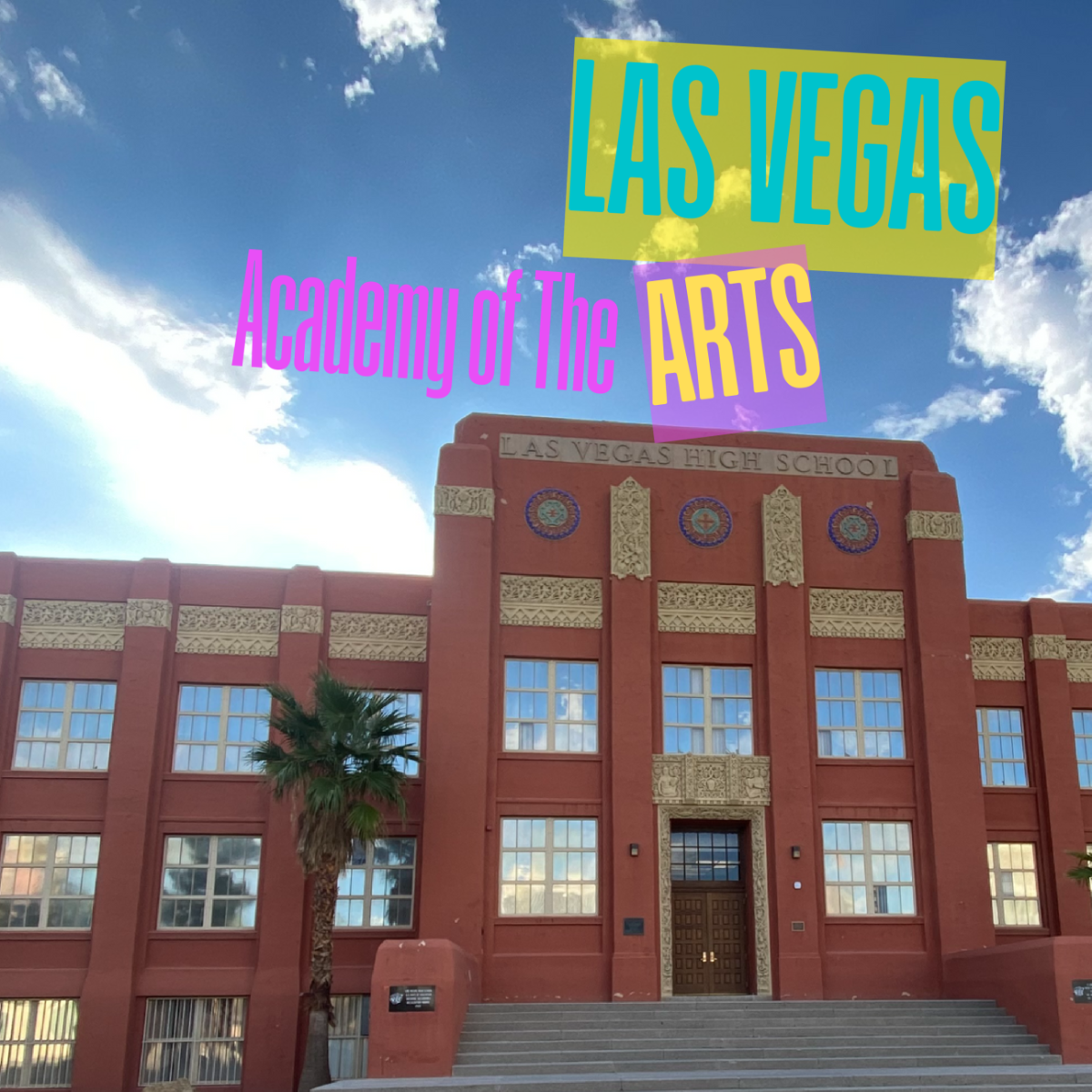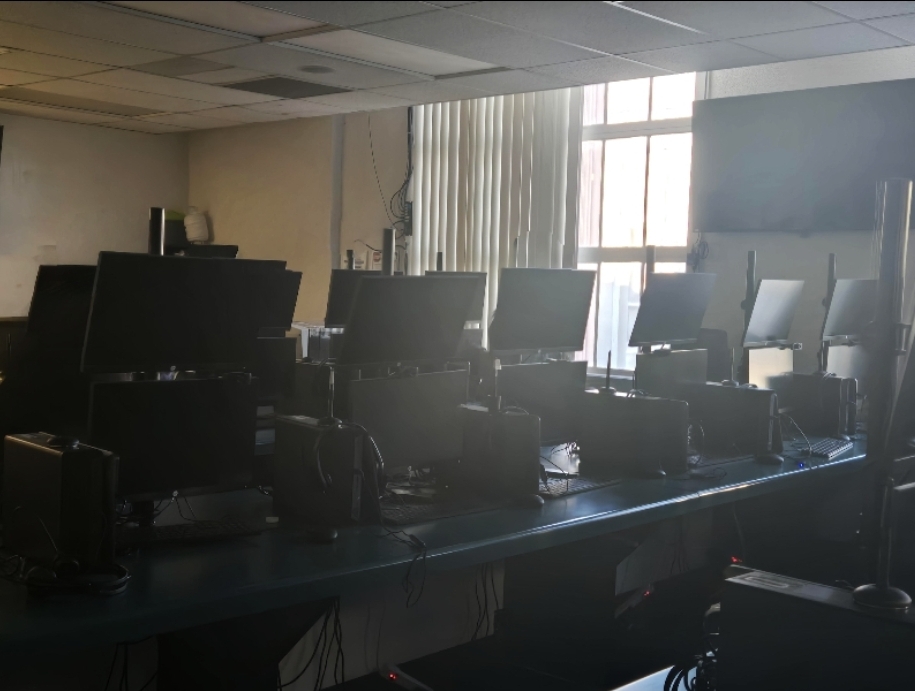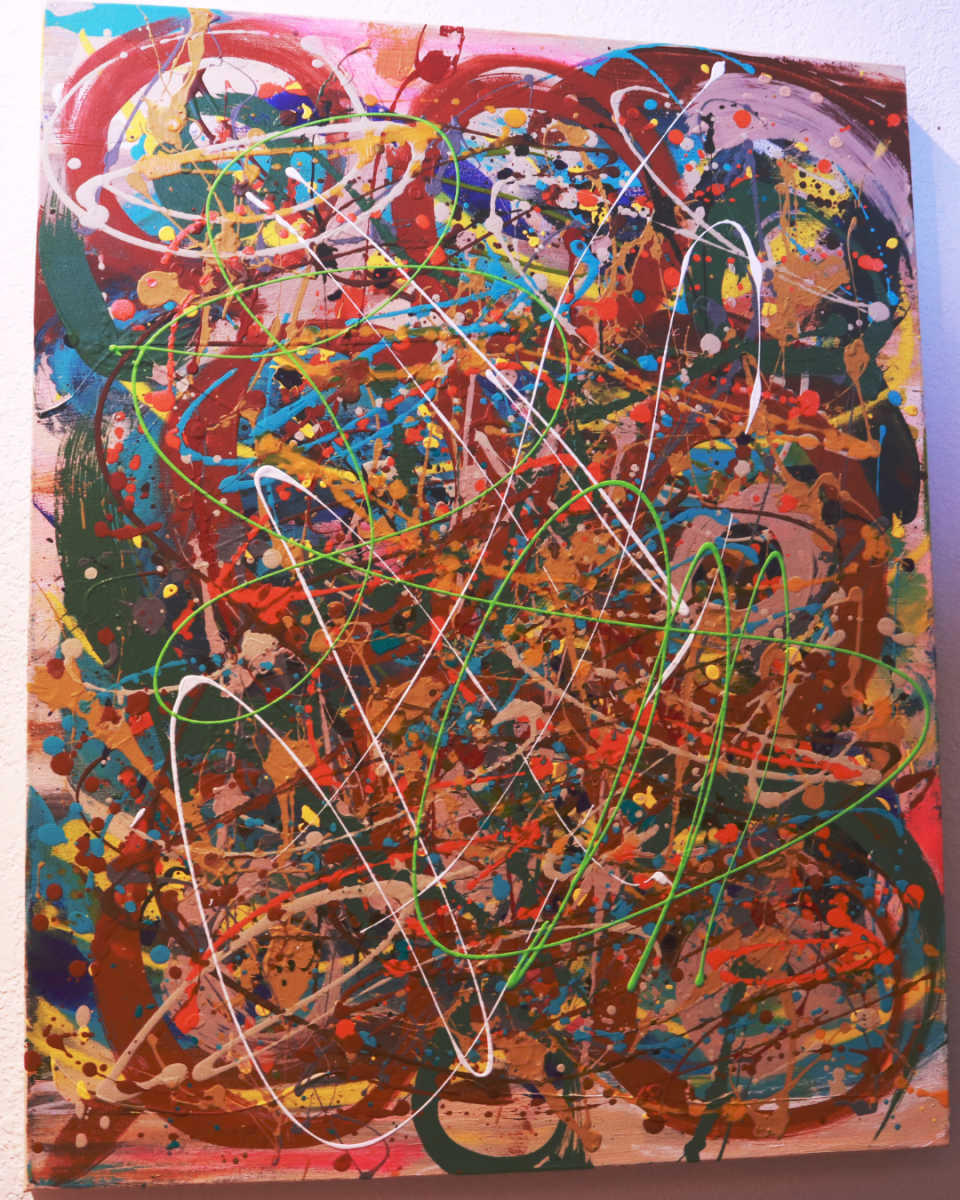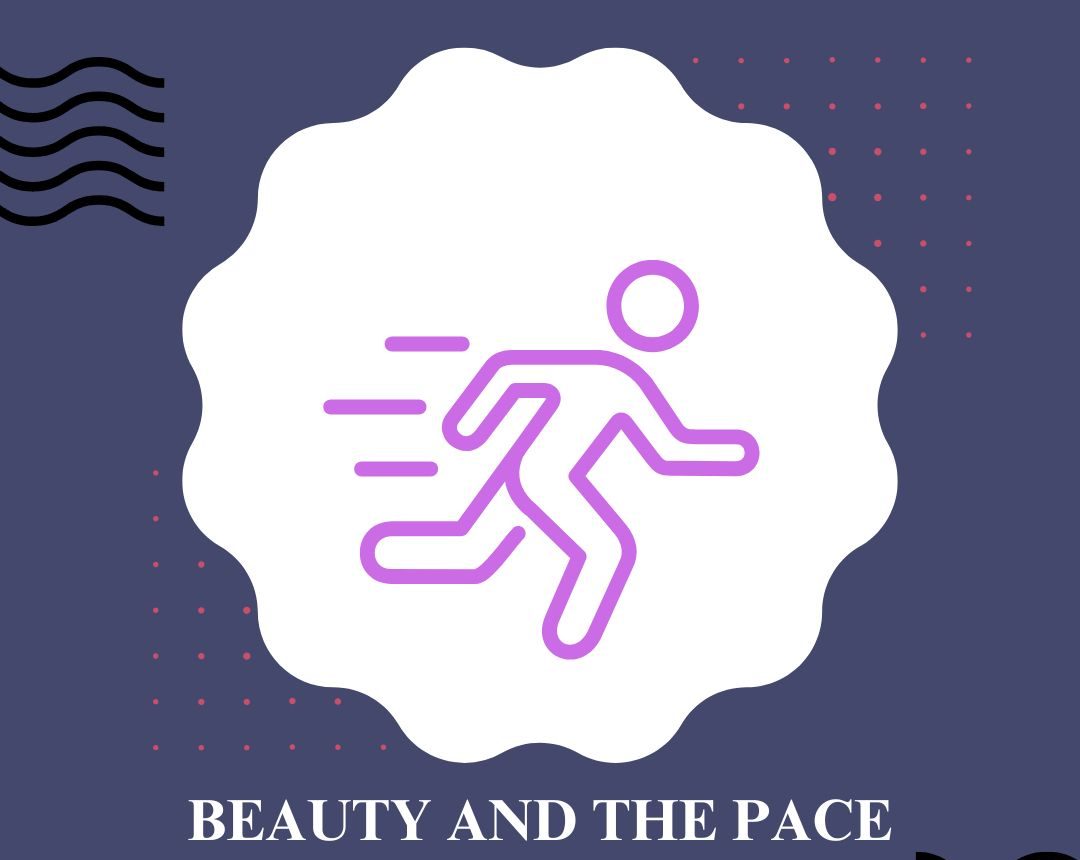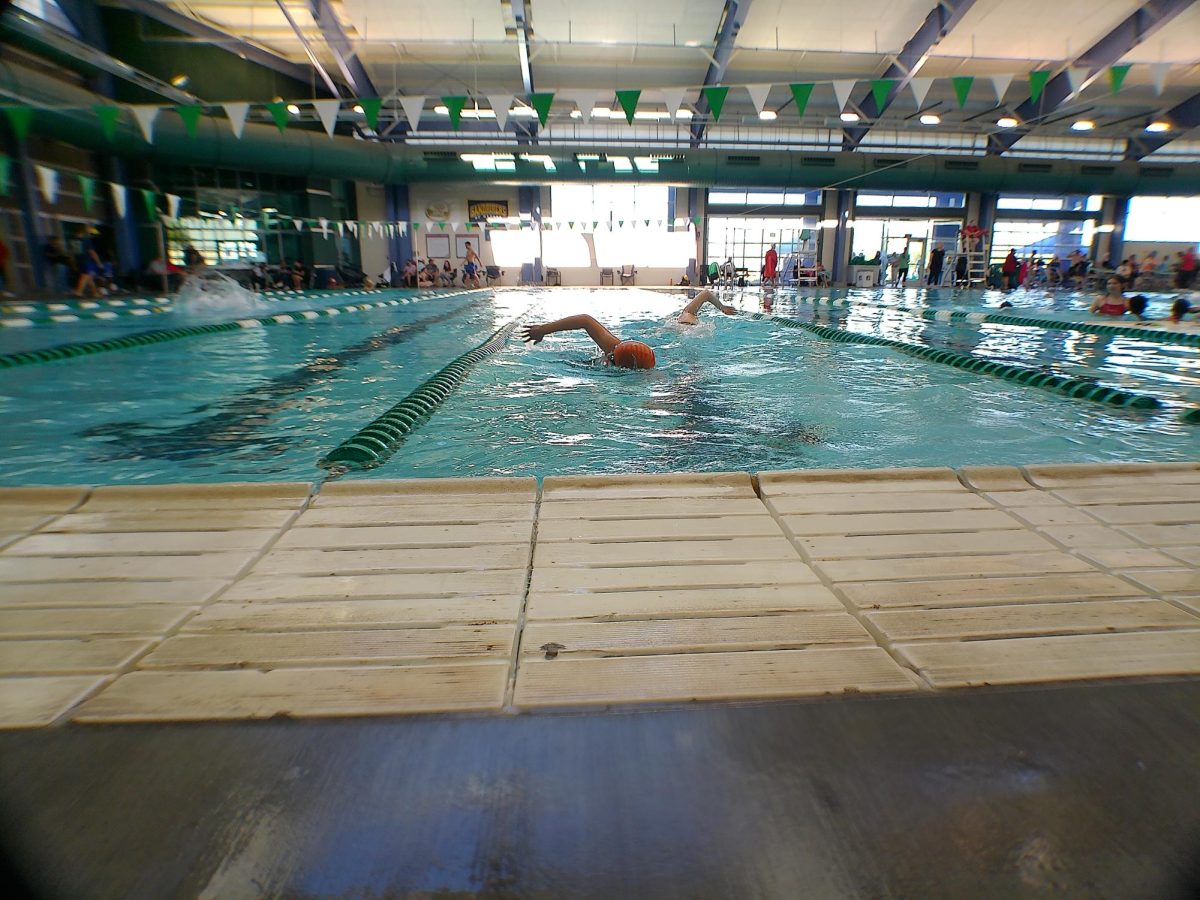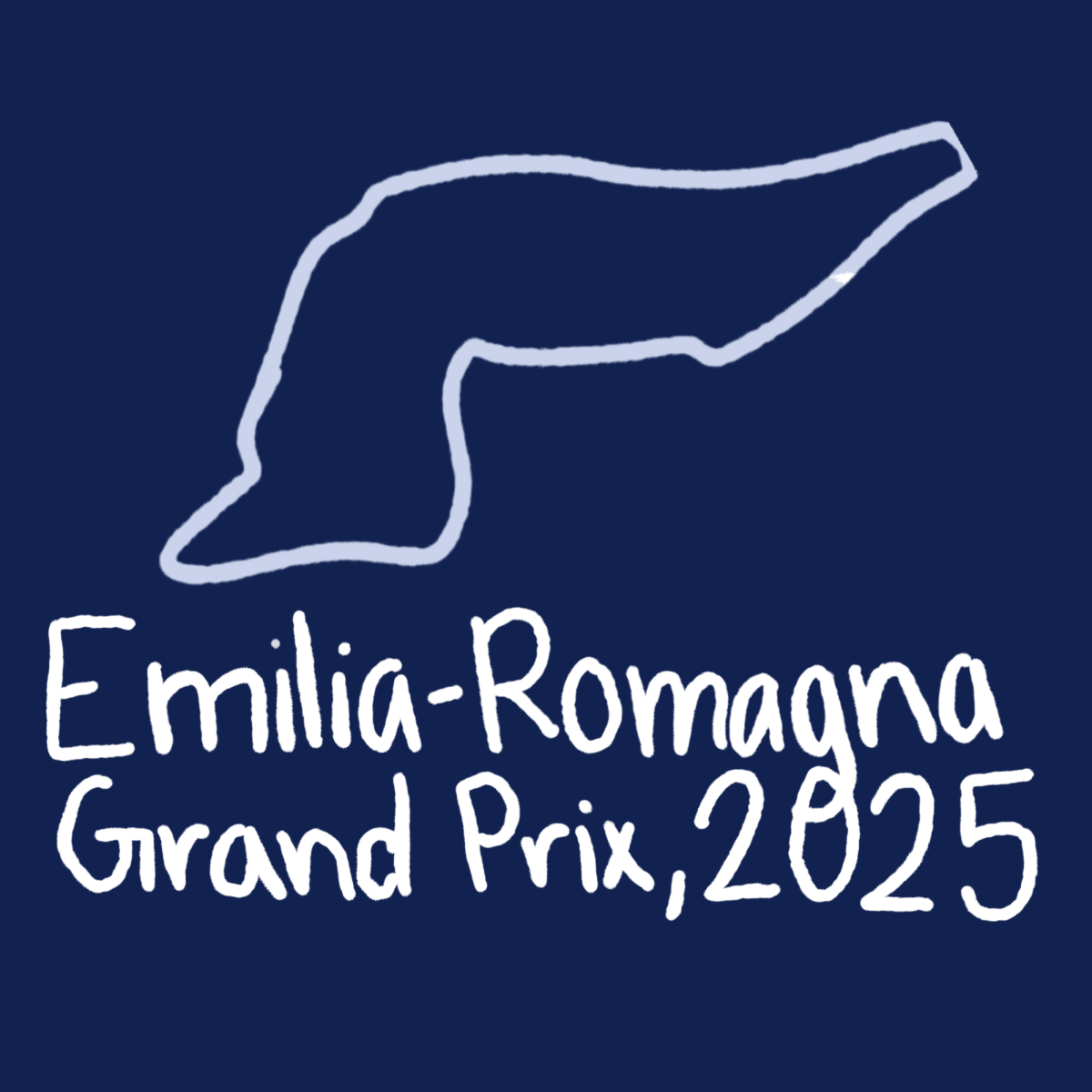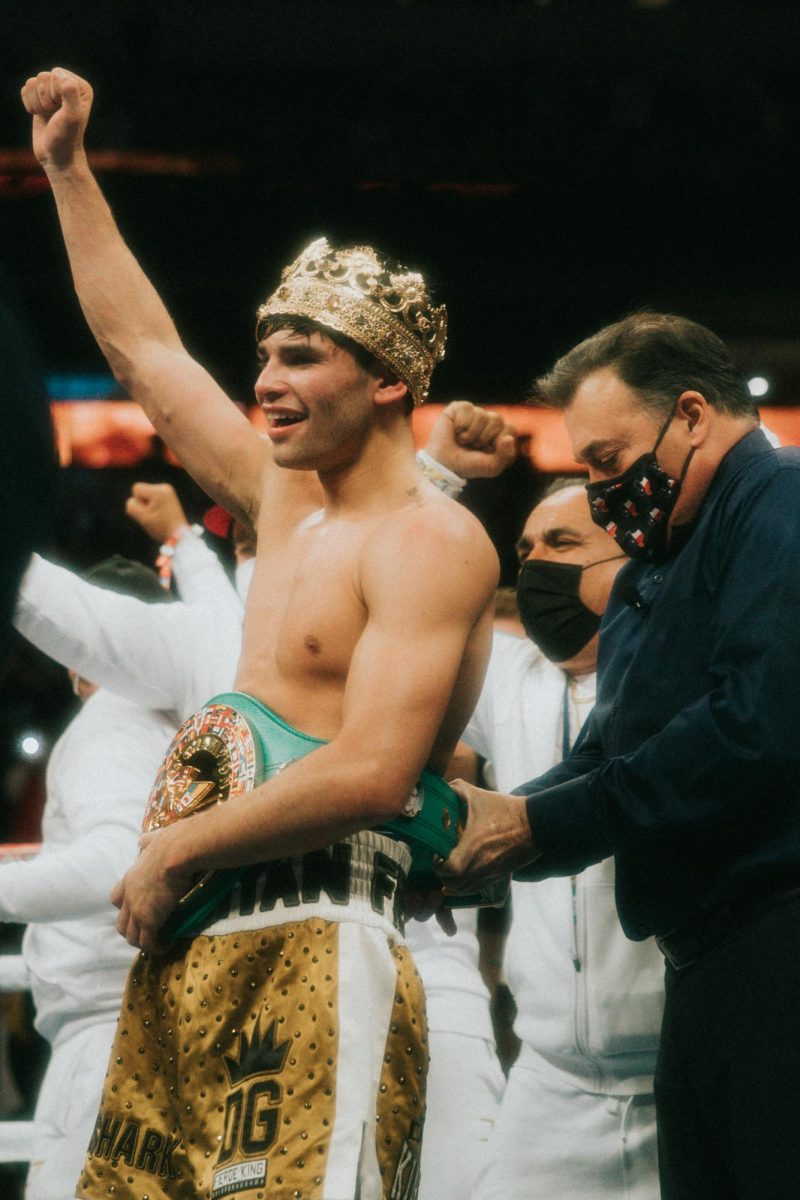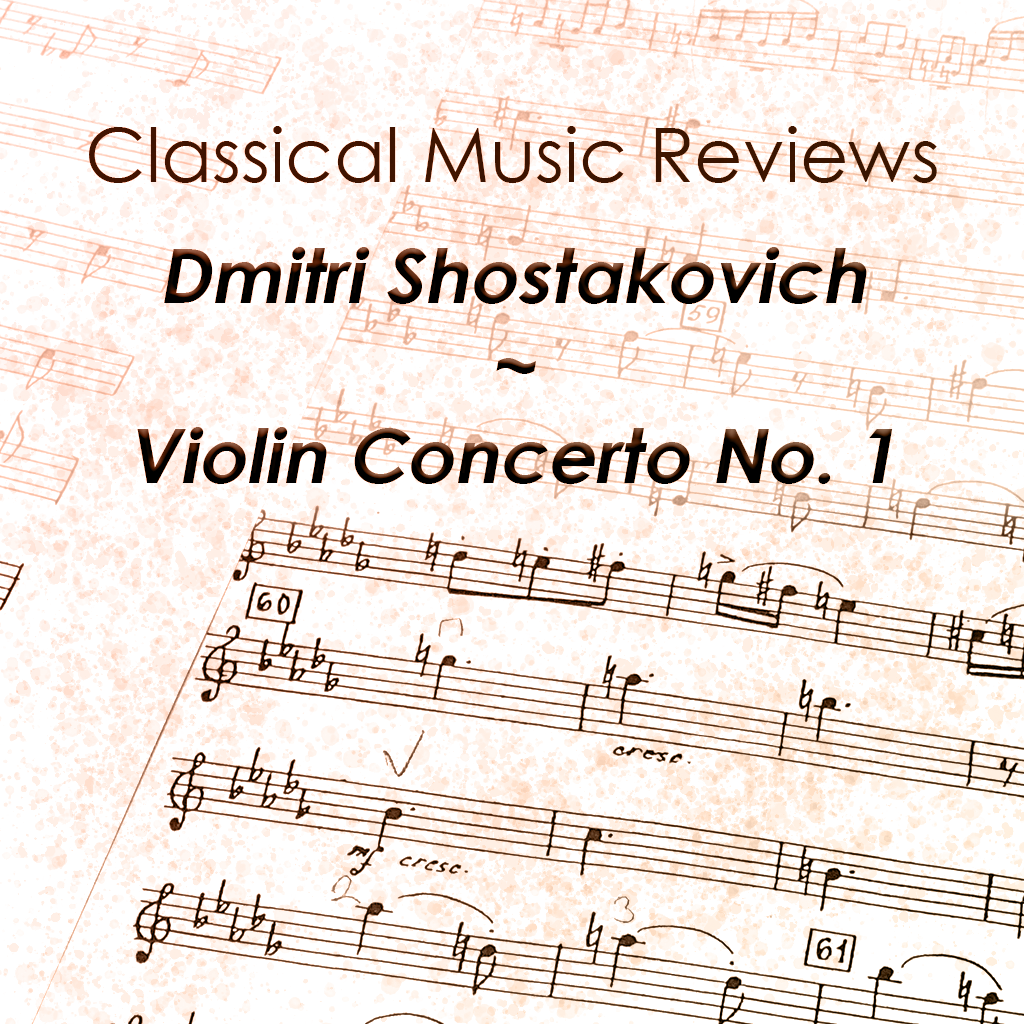Violin Concerto No. 1 in A Minor, written in 1947-48 by Dmitri Shostakovich, is a fantastic and challenging orchestral work that is a great listen for anyone searching for a unique and entertaining piece. Shostakovich (1906-75) was a Russian composer and pianist who lived under Soviet rule. During the time of the concerto’s composition, music and art was heavily restricted by the Soviet Union, and Shostakovich had been put under denunciation because his previous works had been deemed unacceptable by the government. Thus, this work was composed, “for the desk drawer,” and was not premiered or performed completely until 1955.
The second movement, the Scherzo, is especially notable for having the first-ever appearance of the “DSCH” motif. This motif consists of four notes: D, E-flat, C, and B. In German notation, these notes are D, Es, C, and H, which spell out Shostakovich’s German initials. This motif is used repeatedly throughout the piece, along with a couple of other simple melodies. This movement demonstrates Shostakovich’s use of simple melodies to make complex and intricate music. This movement is also the most dramatic and furious of the four, and it displays Shostakovich’s anger towards the restrictions that prevented him from writing the way he wanted.
At the end of the third movement, Shostakovich wrote a cadenza that lasts about five minutes and leads directly to the last movement of the piece. Shostakovich dedicated this piece, and especially this cadenza, to his close friend David Oistrakh. The cadenza calls back to themes used during the previous movements, and is also unique for being written by the composer rather than the soloist performing it. The cadenza is followed by a period of rest for the soloist, as requested by Oistrakh.
Finally, the concerto ends with the Burlesque. This movement introduces new themes and utilizes them in a similar way to the Scherzo, however, it is written in a major key and the meter is steady. This movement is the shortest of all four, and the final measures offer a celebratory ending to the work. All in all, this work demonstrates Shostakovich’s brilliance in making music, especially using simple melodies and themes to develop complex harmonies and solo passages, without it ever feeling out of place. If you enjoy this work, you may also like Shostakovich’s string quartets, such as the eighth, which features the DSCH motif as well as the development of complex musical ideas despite a simple melody. The Second Piano Trio also develops this idea very well. Overall, Shostakovich’s First Violin Concerto gets a ten out of ten rating from me.

